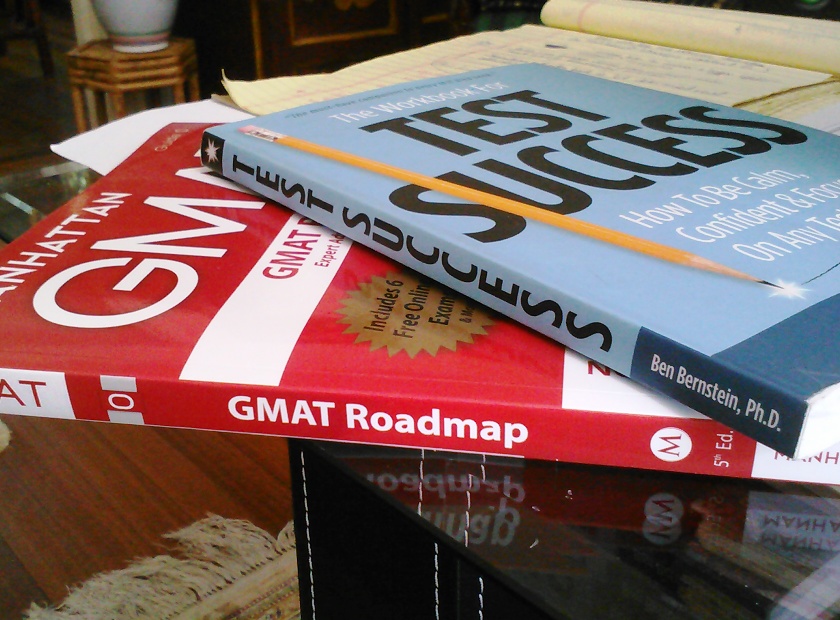On a Great One-Page Resume
Got questions about your MBA resume for your application? You are not alone. Everyone who has applied to an MBA program or for any job worries about their resume. How on earth do you fit your entire life story into one page? And what a challenge that someone actually thinks you can!
Your resume has almost nothing to do with your real life. It’s about your professional life, and it’s about your achievements. I have heard MBA admissions officers and career advisors say that the resume is not a list of job duties. It is a record of your accomplishments. That means you don’t need to put in the stuff that bores even you.
For example, I had a client who worked for a financial startup, so she wore many hats on the job. She created new financial tools, traded securities, and established deep relations with new and existing clients. She also handled the monthly newsletter, which took a lot of time, but didn’t represent her highest talent. So we cut it. She’d already shown achievement in her other, more productive areas of her job, so she emphasized the best part: influencing the organization in tangible ways.
Follow the Rules, It’s Easier
Remember, you have three-to-five bullet points per job, and anything longer than two lines per bullet becomes too dense for the reader, so put in the highlights: your tangible, measurable accomplishments, using active verbs and concise language.
Still, the resume has one place where you can show your individuality – the “Additional” section. Everyone reads that stuff. Promise. You have two or three lines to talk about interests, skills, and all that other stuff. Any hobby is fair game – I’ve seen everything from canine agility to financial system reform.
A few rules to follow:
- Avoid acronyms and industry jargon
- Don’t try to make the reader learn new acronyms for your company. They don’t have time to figure out what RMD or HSDRC means
- Try to keep bullet points to no more than two lines, if possible
- Anything longer is too dense and the reader just skips it
- Don’t feel like you need to use up four or more bullet points – three is fine
- You can include only two or fewer bullet points for part-time jobs and internships
- Use 12- or 11-point type, depending on the font you choose
- Leave a one-inch margin all the way around
- Place education at the bottom if you are working full time and career is the most important
- 10-point type can be too small. Anything else is ridiculous
- If you are a current student, education leads the resume
- If you held a leadership position in a non-profit, be sure to include it
If you are interested in a free resume template based on the work I have done as a resume coach at the Stanford Graduate School of Business, please email me and I’ll send it along.





